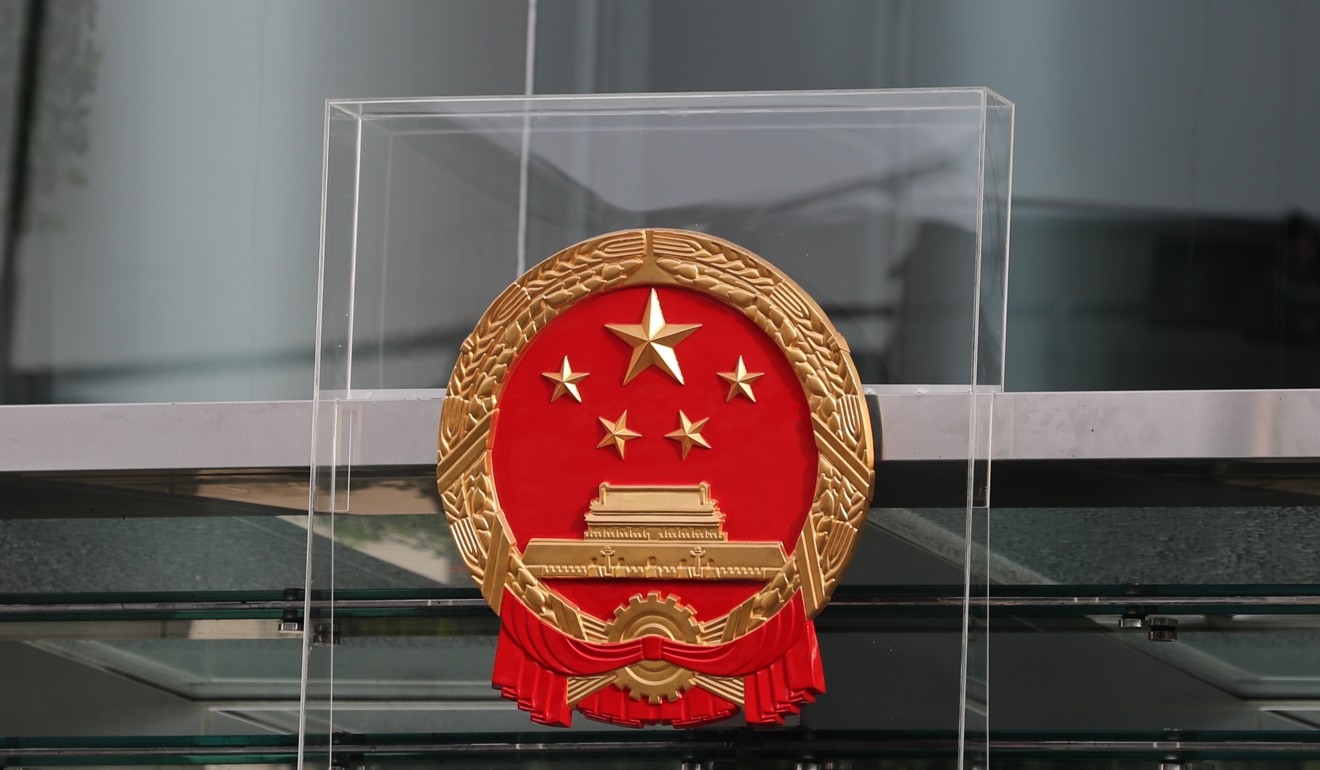
Hong Kong protesters use ‘guerilla tactics’, clashing with police and unleashing more chaos – all the way from Sai Wan to Causeway Bay
- March at times appears directionless, but protesters say splitting the main body was trick to deplete police resources
- Protest movement appears to change targets – from the hated extradition bill to the Hong Kong government
Hong Kong’s young protesters changed tactics on Sunday as they turned a rally in Central into a 6km multipronged march all the way from Sai Wan to Causeway Bay.
Tens of thousands of protesters on Sunday defied a police ban for the second consecutive day and occupied major thoroughfares on Hong Kong Island. A day earlier, an estimated 280,000 Hongkongers joined a march in Yuen Long that ended in violence, tear gas and more chaos.
The police had earlier turned down a request to hold a march from Central to Sun Yat Sen Memorial Park in Sai Ying Pun over fears of violence. Instead, the authorities allowed protesters to hold a rally at Chater Garden in Central.
Soon after the rally started at 3pm, however, thousands left the authorised zone, spilled out onto Chater Road and advanced towards Admiralty along Queensway with no clear destination.
Some protest leaders suggested marching to North Point, but the marchers – at about 4.30pm – stopped at Causeway Bay, one of Hong Kong’s most popular shopping districts, where they began erecting barricades by dismantling metal railings.
Around the same time, a group of protesters in the middle of the march decided to head west to Sai Ying Pun to rally at Beijing’s liaison office in the city.
The liaison office was attacked a week before, on July 21, by protesters who pelted the building with eggs and paintballs and defaced China’s national emblem.
This time the liaison office was ready: hours earlier, staff had protected the newly replaced national emblem with what appeared to be Plexiglas.

Several protesters told the Post that the new tactic of splitting the main body of protesters into different groups was a way to drain the energy and resources of police.
“In the past, we have always concentrated on one destination, but it’s almost like guerilla tactics this time,” said 28-year-old Willie Wong.
Chloe Chan, 22, who marched towards Admiralty with two friends, said police were to blame for the paralysed roads.
“It was police who forced us to go in different directions because they had not approved a specific route for the march in the first place,” she said.
The freestyle march also appeared to give protesters choices about how they wanted to participate.

In Central, a protester held a placard written with three options: head towards the Causeway Bay, where police officers were clearing the roads; Sai Ying Pun, where there was a heavy police presence; or Chater Garden, where they would be free from any legal consequences because it was a lawful rally.
At one location, a 450-metre human chain was formed by protesters to pass helmets, umbrellas, cling wrap and other items. Some protesters served as runners to take urgently needed supplies to the frontline.
At around 6pm, organisers urged protesters to stop passing supplies to the east and called on them to shift the resources to Sai Ying Pun, where a stand-off was under way with riot police some 200 metres from the liaison office.
“Our main purpose today is to demand that police explain the 36 shots they fired in Sheung Wan on July 21. There’s no use going to Causeway Bay,” said Colour Chan, 24, who was worried about police operations later in Sai Wan,
“We need more people there to protect our protesters,” she said.
A 26-year old protester, who gave her surname as Yeung, said numbers mattered for the guerilla strategy to work.
“If there are enough people, it might be a good idea to distract the police with diverged groups. But if we do not have enough people, it’s better for us to concentrate and stay together,” she said.
Hong Kong and Macau Affairs Office speaks on extradition bill crisis in first-ever move
Some younger protesters bought stacks of single-trip tickets and handed them out at Causeway Bay MTR station to those heading to Sai Ying Pun.
Another team of protesters provided single-trip tickets at Sheung Wan station for people who planned to head back to the eastern New Territories.
Demonstrators had been using single-trip tickets instead of their Octopus cards on protest days to avoid being tracked down by police.
The protest movement, which started in June by denouncing the now-shelved extradition bill, seems to have transformed into a drive against the Hong Kong government – and even the city’s constitutional system.
The most frequent chant in the crowd on Sunday was “Liberate Hong Kong: the revolution of our times”. The slogan was the election campaign tagline of Edward Leung, a pro-independence activist who was jailed for his role in the 2016 Mong Kok riot.




